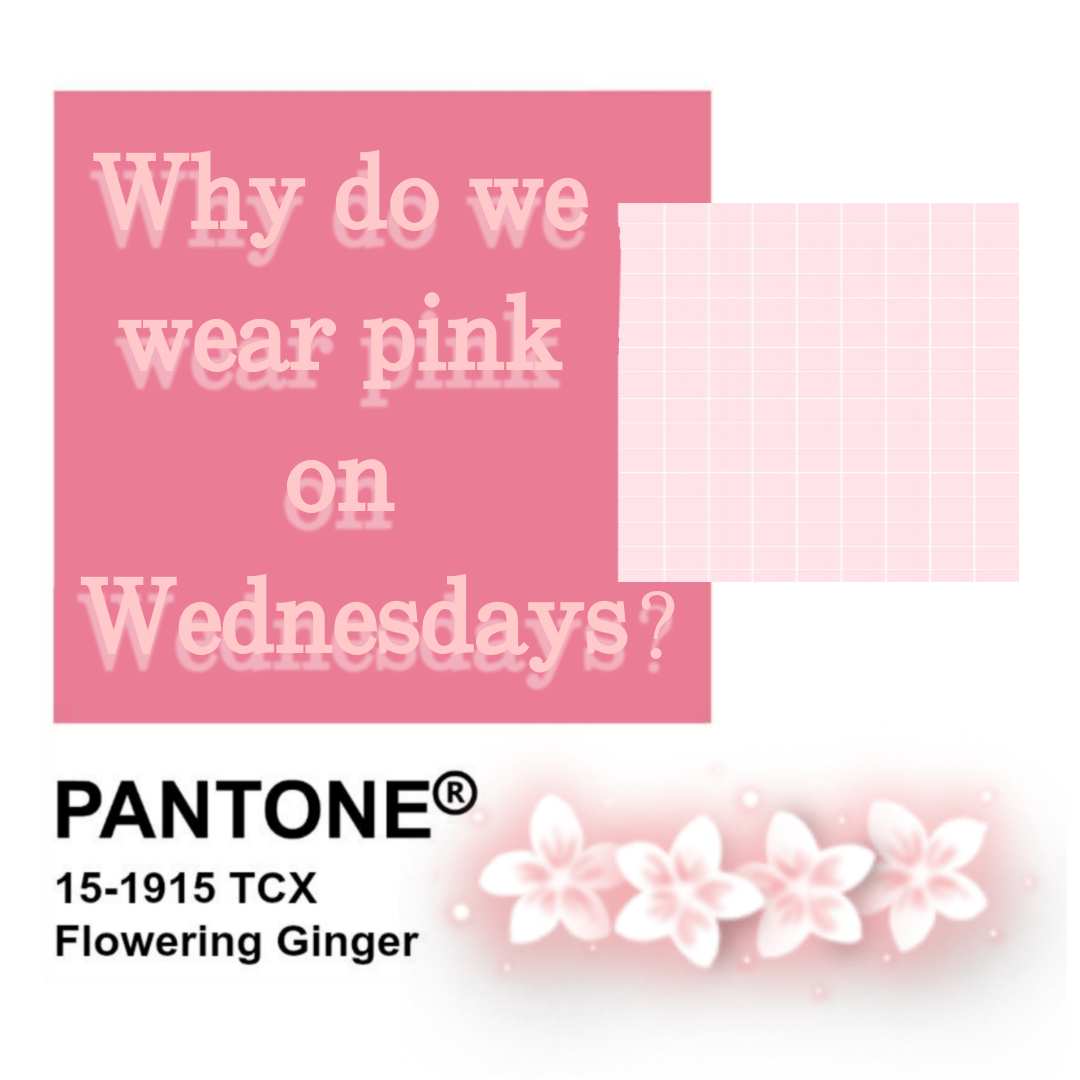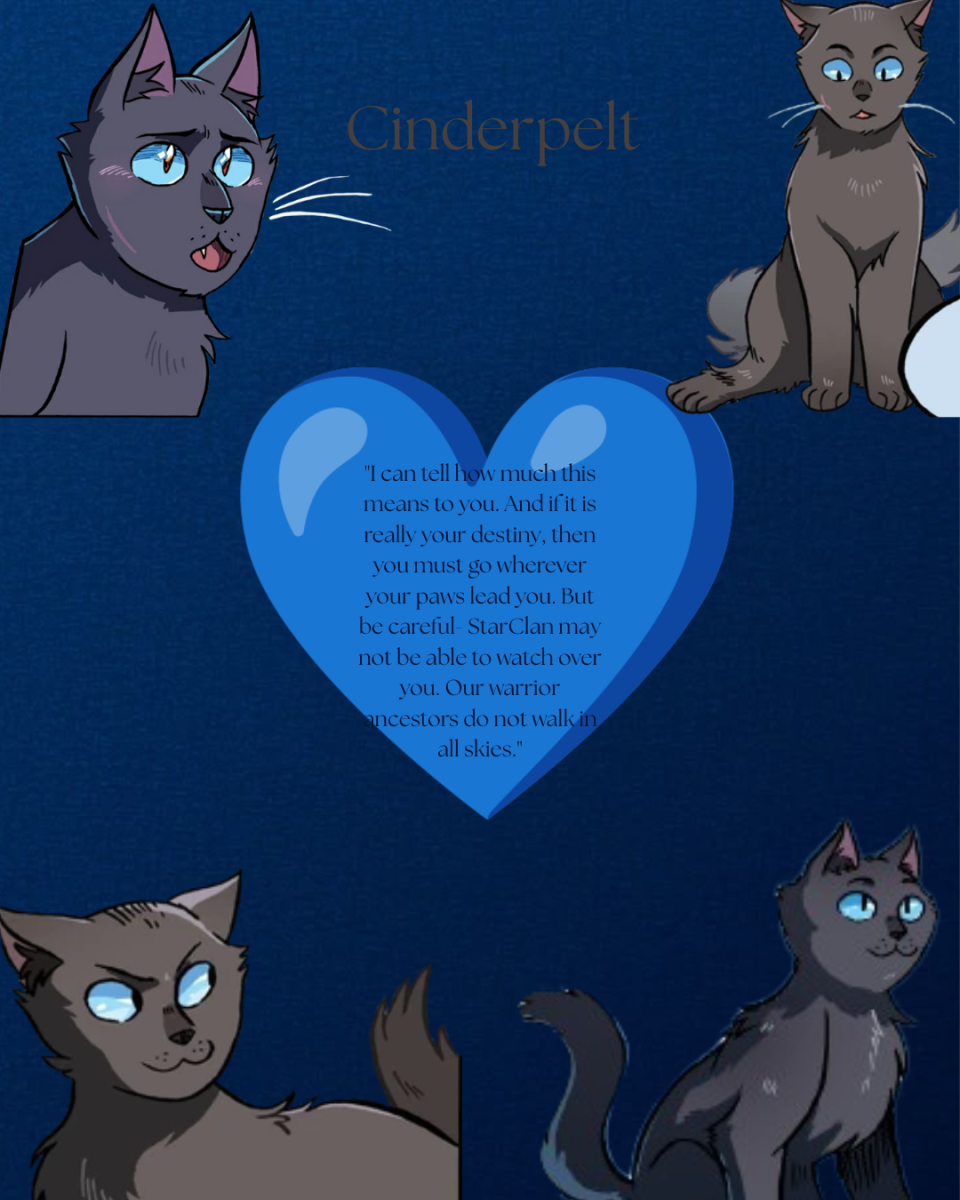Wearing pink on Wednesday was a product of the movie Mean Girls. It first started off simply as a high school fad, or merely as a fashion statement that teens did.
Today, Pink Ribbon Wednesday is about unity and an expression of self within a similar community of individuals who share the same interests.
The catchphrase “We wear pink on Wednesdays” comes from the movie Mean Girls, written by Tina Fey back in 2004. She navigates the world of social cliques and learns the unwritten rules of popularity established by Regina George and her clique of popular teenagers known as the Plastics; Wearing pink on Wednesdays is a clear act that this individual belongs somewhere and shows how clothes could affect social bonding and the development of a specific identity. The phrase was so relatable that what began initially as an outfit turned into an act of symbolism, mirroring the very aspect of teenage life with various buddy emotions.
Going past its movie roots, wearing pink on Wednesdays has grown into an act of solidarity-especially for women. Pink, conventionally associated with the female gender, has conventionally been seen as a delicate and nurturing color. It has also been reclaimed as a strong and empowering color. In feminist settings, pink is used as a counter to stereotyping and to rejoice in female identity. Wearing pink signifies support for gender equality, inclusion, and the empowerment of women and girls. Worn en masse, pink generates a sense of collective identity and may even catalyze to discussion concerns pertinent to women in society.
Moreover, pink worn on Wednesdays has taken on a plethora of meanings in society beyond the context in which it first emerged. Pink is the color of breast cancer awareness and, therefore, represents hope and support for the victims of this disease. Events such as “Pink October” have popularized this color as a rallying point for fundraising and raising awareness about research and the prevention of breast cancer. In such a way, wearing pink can be a strong unifying force to pay attention to serious health concerns and provoke grassroots action.










